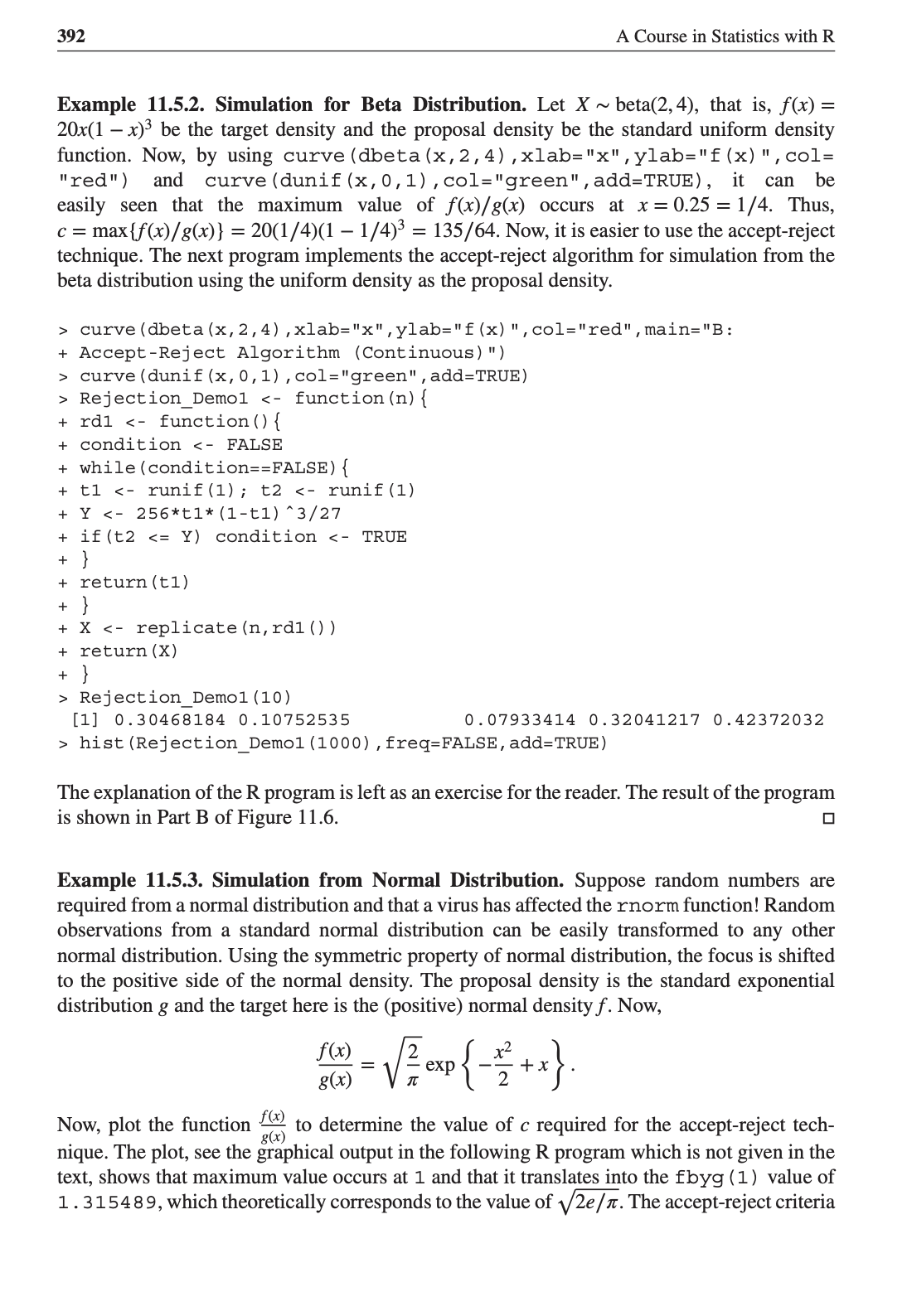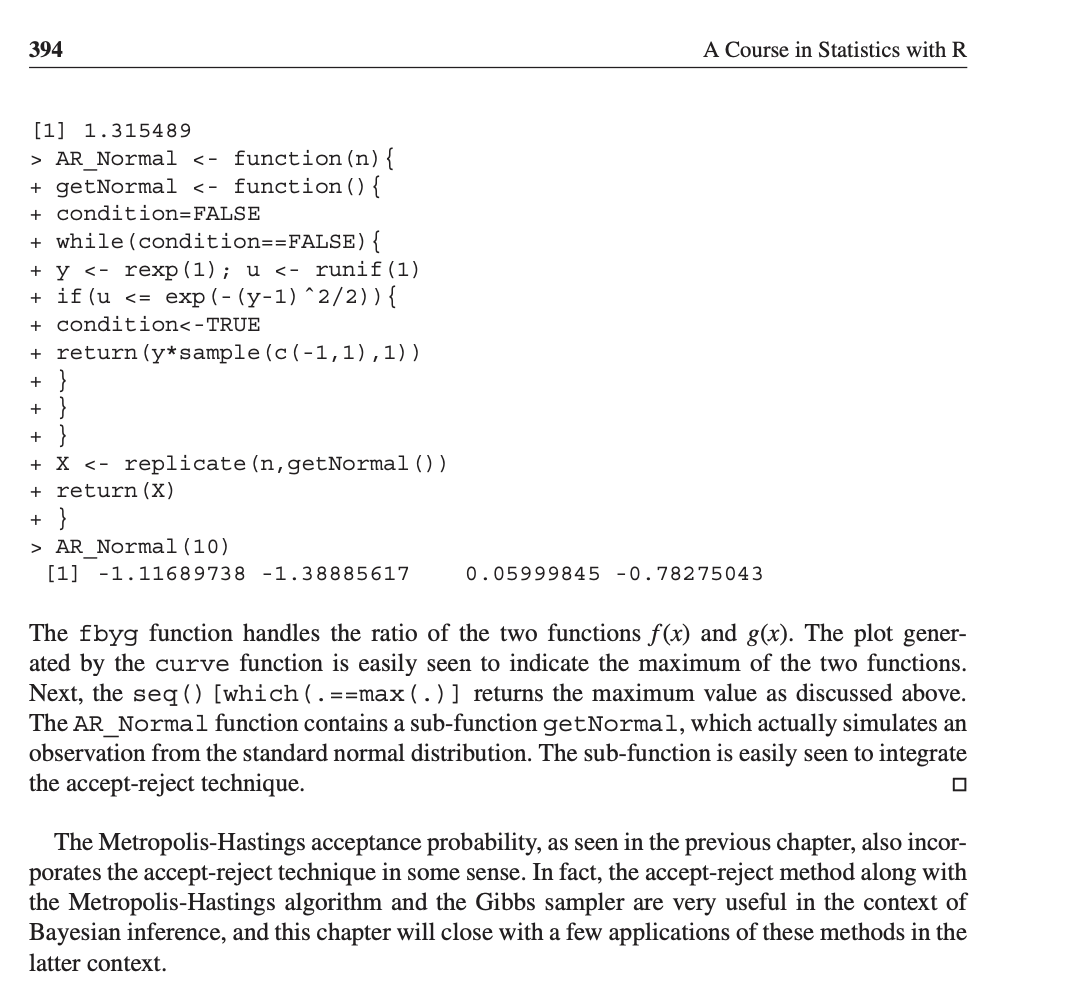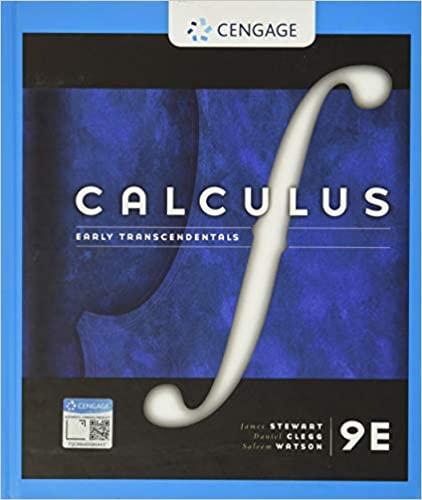Answered step by step
Verified Expert Solution
Question
1 Approved Answer
Answer the following using the R statistical computing platform. Please should include the code you wrote plus the output of such code and English rhetoric
Answer the following using the R statistical computing platform. Please should include the code you wrote plus the output of such code and English rhetoric / coding comments where necessary.
Question
Using the "accept-reject" algorithm, generate observations from the binomial distribution as target distribution and the uniform distribution as proposal distribution. Reverse the roles and carry out the same simulation and note the differences.



Step by Step Solution
There are 3 Steps involved in it
Step: 1

Get Instant Access to Expert-Tailored Solutions
See step-by-step solutions with expert insights and AI powered tools for academic success
Step: 2

Step: 3

Ace Your Homework with AI
Get the answers you need in no time with our AI-driven, step-by-step assistance
Get Started


